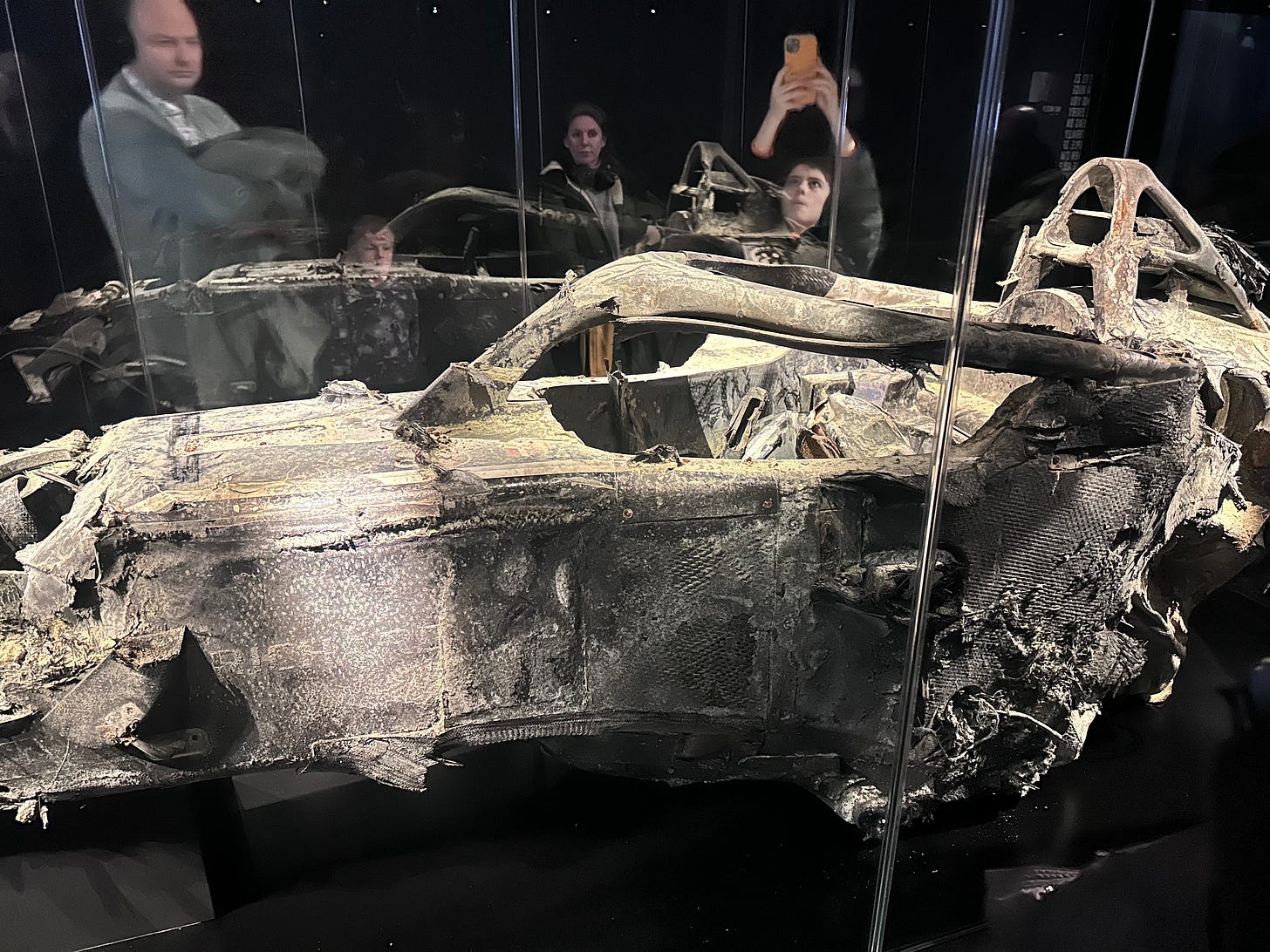The emergence of A.I in conversational tools like X’s Groq, OpenAI’s ChatGPT and Google’s Gemini as sparked a growing awareness in the benefits and awareness of Artificial Intelligence. Whilst most of this breakthroughs are in natural language processing and video and image processing, its use is now largely embedded in people’s day-to-day life, from the devices they use to online services and virtual experiences. At least, it can now be said that the vast majority of the population either knows or makes use of A.I in some shape or form.
With the growing adoption of A.I, there has been an large number of startups, based solely on using A.I to provide some sort of better solution for specific use cases. A good number of these startups are focused on tackling issues like Fraud, as with the rise of A.I, new fraud and safety vulnerabilities have been introduced.
What does this mean for F1? If you were asked today what issue should first be addressed by A.I in F1, what will your answer be?
For me, this has to be driver safety.
Though we have seen a significant decrease in lives lost on the track, it is necessary to ensure we are providing safer measures for drivers, especially on track. Should autonomous control be triggered to minimise driver risk and car damage incase of a collision? yes will be my answer.
Should we invest more in using A.I to find out early what risks are poised on track, given certain conditions? yes will be my answer.
Having to lose a driver is the worse thing to happen on track, also having to build a new car from scratch, ahead of a race in a couple of weeks, due to a collision that could have been prevented is not the best thing either.
Grosjean was trapped inside the burning cockpit for 27 to 28 seconds. He managed to free himself by withdrawing his left foot from his racing boot, which remained trapped, and then moving the dislodged headrest and steering wheel to egress the car. Despite the severity of the crash, Grosjean survived with only minor burns to his hands and a sprained ankle. Most thought he was dead on impact.
The incident was a pivotal moment for Formula 1 safety, leading to numerous recommendations for improvements in areas such as driver gloves, steering column mounting, rearview mirrors, and survival cell front geometry. A.I, using sensor, image and video data can most definitely be added to this extended tool box for driver safety in Formula 1.
Coding exercise.
Given an integer array `nums` which is sorted in ascending order and all of its elements are unique and given an integer k, return the kth missing number starting from the leftmost number of the array.
Example
Input: nums=[4,7,9,10] k = 1
Output: 5
Explanation: The first missing number is 5.
class Solution:
def missingElement(self, nums, k) → int:
missing_count = 0
expected_num = nums[0]
for num in nums:
while expected_num < num:
missing_count += 1
if missing_count == k:
return expected_num
expected_num += 1
expected_num += 1
return nums[-1] + k - missing_count


